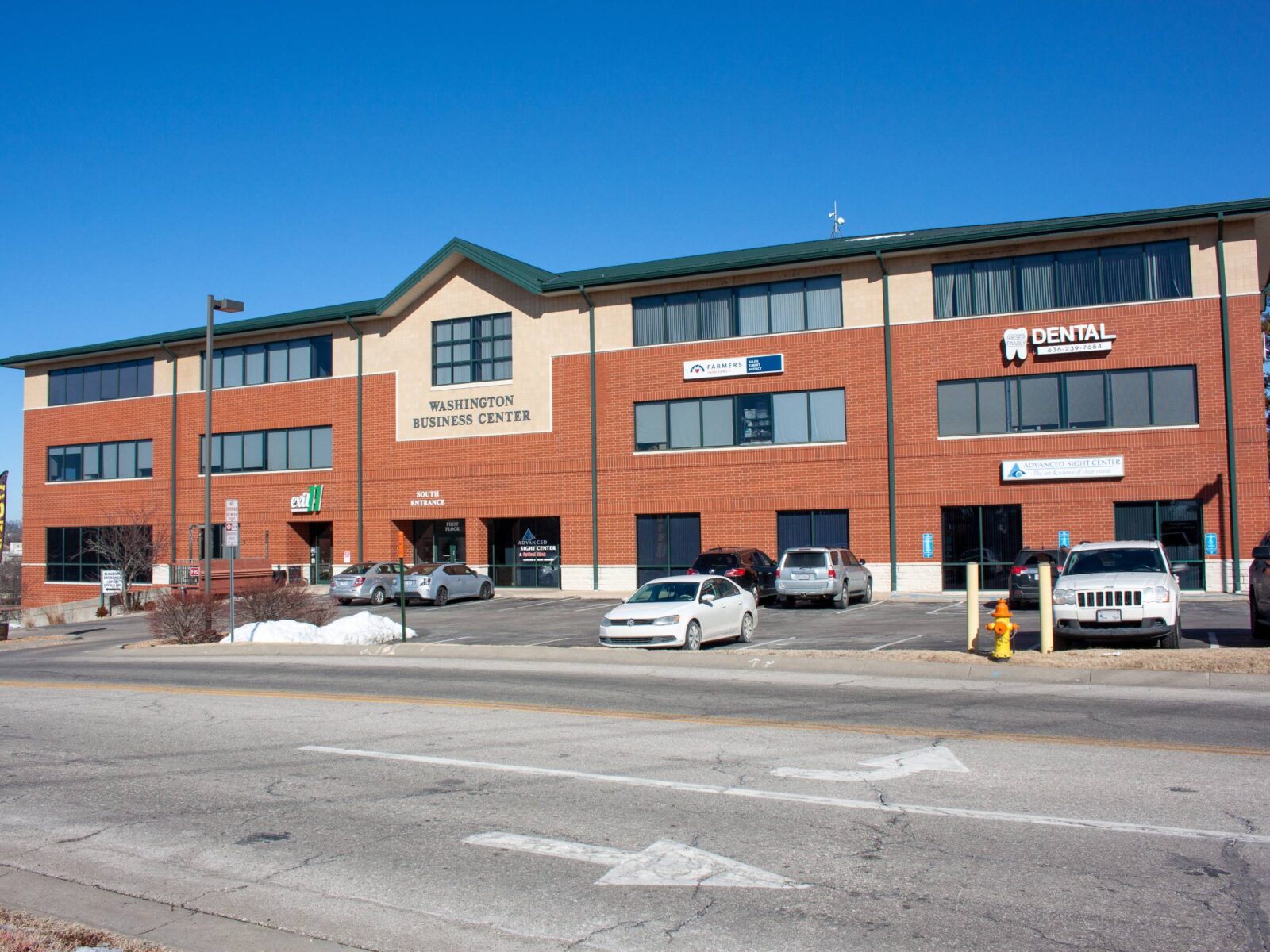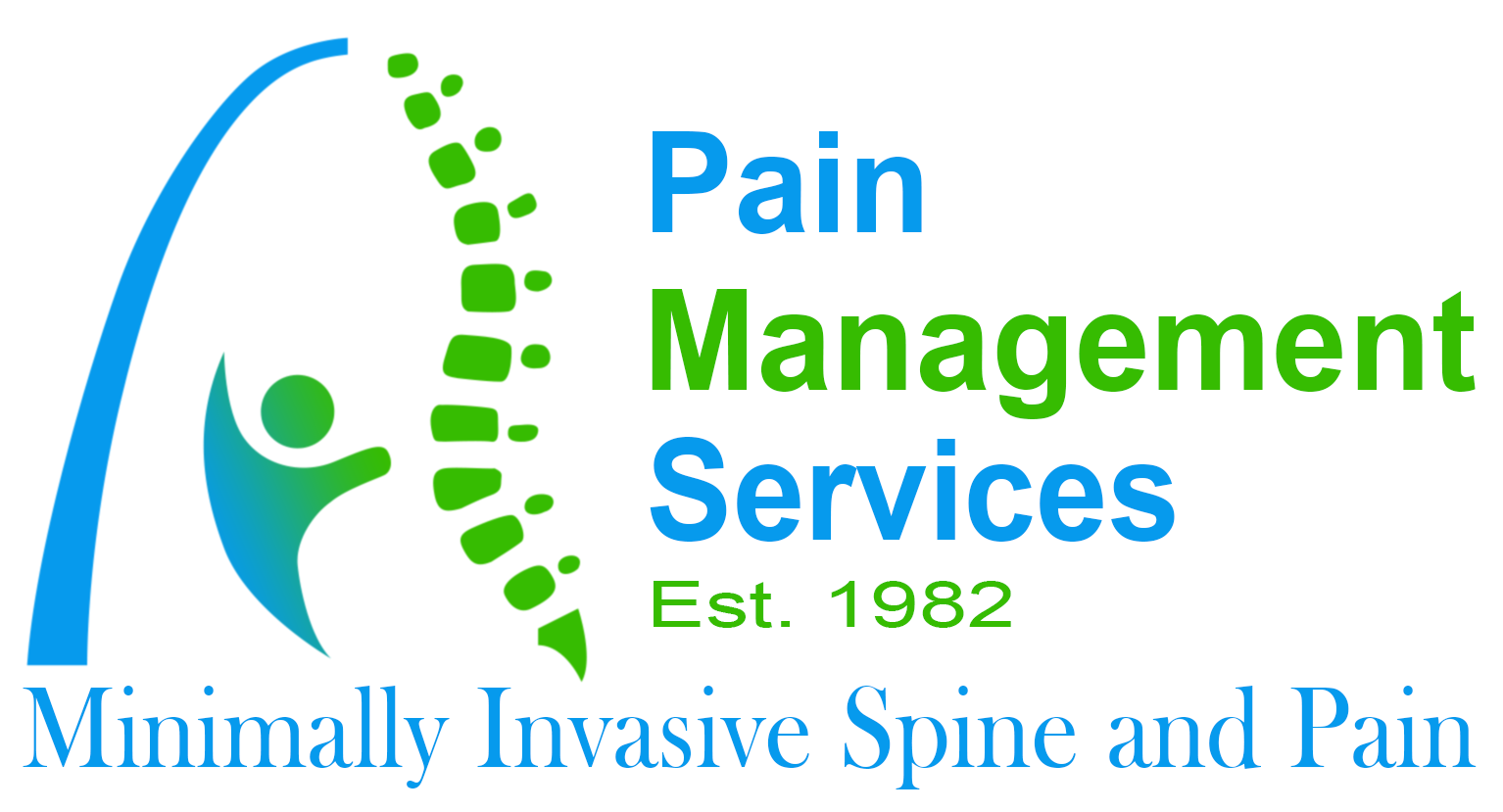Experiencing chronic pain is more than just the pain itself – it affects every aspect of how people participate in life, impacting their mood, social engagement, and physical activity according to the level of pain they experience. Often, these experiences tend to be never-ending and complex, but one of the best ways pain can be treated is through a chronic pain treatment plan. But what do these treatment plans look like?
How Does a Chronic Pain Treatment Plan Work?
Treatment plans are ways of managing chronic conditions organized by cooperating with you and your doctor. Chronic pain treatment plans are customized based on the patient’s needs, such as the severity of the pain, what type of pain you have, what causes it, and other factors.
When looking at these factors, your pain management doctor will work with you to create a plan that can manage your symptoms. Speaking with your provider about your pain, scheduling examinations, and performing diagnostic tests to diagnose your pain is imperative for creating an effective treatment plan as it helps direct your physician towards treatment options that will work with your needs.
Once they diagnose the cause of your pain, they’ll begin designing a treatment plan. When it comes to the treatment plan process, various factors come into play, such as:
- Setting Health Goals: Setting goals will help put into place what you want for your treatment, such as walking a certain distance, moving throughout the day, attending a social gathering, doing physical labor, and other activities. In some cases, even smaller goals, such as getting up from bed each day, are enough of a set goal to start a treatment plan.
- Staying Active: Motivating yourself towards those goals by staying as active as possible is what makes treatment plans worthwhile for many. Some exercises, such as yoga and swimming, can help relieve many painful conditions and can help target pain areas.
- Medication and Therapy: Medication and physical therapy are both useful ways of managing pain, but it all depends on what you desire from your treatment to determine if either option or both options are right for you.
- Coping Techniques: In times of struggle, your treatment plan can provide coping strategies to help relax the muscles and nerves and control pain levels. The more tools you have, the more control you can get over the emotional burdens of pain.
- Updates and Changes: If certain treatments do not work, always update your pain care physician. They can adjust your treatment plan as symptoms progress and readdress concerns with you to make sure you’re experiencing the most from your pain management plan.
- Establish New, Lifelong Habits: Most of all, putting in the effort to stick with the plan can help create lifelong habits that mitigate your chronic pain and make your goals more achievable.
If you are experiencing pain, make sure to visit your local pain management specialist so they can help you find the cause of your pain and develop a chronic pain treatment plan that will work for you.










